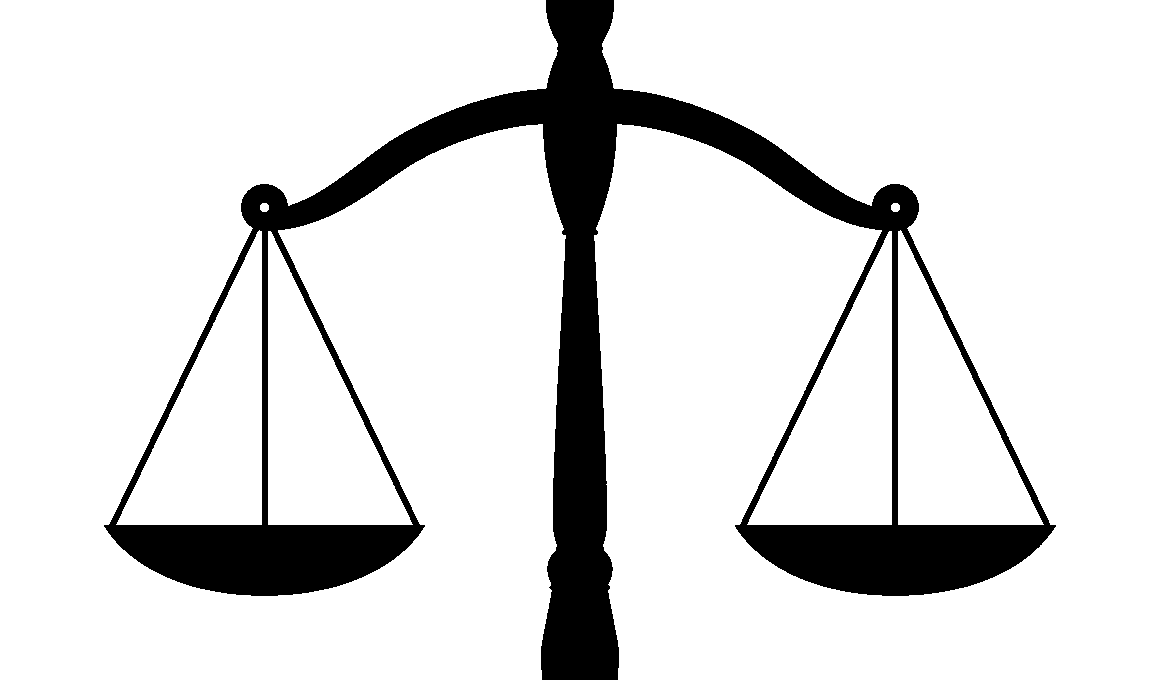A Beginner’s Guide to Balance Measurement Instruments
Balance and coordination are fundamental components of physical performance and daily functioning. Assessing these skills typically involves various measurement tools designed to gauge an individual’s equilibrium and stability. Numerous instruments exist to help with this assessment, allowing for accurate results across diverse environments. Some popular tools include balance boards, stabilometers, and force plates, which capture unique data points to evaluate an individual’s balance capabilities. Each device varies significantly in complexity and application, catering to different populations and settings. For instance, professional athletes may utilize advanced instruments, while more straightforward tools can assist the general public in understanding their balance performance. Moreover, schools and rehabilitation centers are increasingly incorporating balance measurement technologies into their programs to promote awareness and skill development among students. Understanding the benefits of these devices can lead to improved methods for teaching coordination and balance safely. Therefore, an informed approach to selecting these tools is essential for professionals seeking to enhance their assessment methodologies effectively.
When discussing balance measurement instruments, it’s essential to explore the most prevalent types used for client assessment. Balance boards provide a versatile platform, challenging both static and dynamic balance. They are often employed in fitness training and rehabilitation programs, designed to engage core muscles and improve overall stability. Additionally, stabilometers are electronic devices that measure displacement and sway while individuals maintain their balance. These instruments track various metrics, including weight distribution and body movement. Force plates are amongst the most sophisticated equipment, providing detailed analysis of balance performance through force and motion data. Another noteworthy instrument is the BESS (Balance Error Scoring System) test, which offers a quick, subjective measure during clinical assessments. Understanding the differences between instruments can aid practitioners in selecting the best fit for their clients’ needs. Utilizing these measurements helps inform personalized training and rehabilitation, maximizing the potential for improved outcomes. These instruments play a crucial role in enhancing physical performance as well as contributing to safety in activities, thus empowering individuals to lead active lives.
The Importance of Balance Testing
Assessing balance is crucial for determining an individual’s risk of falls and related injuries. Balance measurement tools facilitate this assessment and provide valuable data to health professionals, helping identify clients who may benefit from intervention. The aging population is particularly vulnerable to balance-related issues, often leading to increased susceptibility to falls. Regular testing enables early detection of balance impairments, allowing for timely interventions. For older adults, maintaining balance is key to preserving independence and quality of life. Additionally, athletes require balance assessments to optimize performance and minimize injury risk. These measurements help highlight areas of weakness, enabling targeted training and rehabilitation. By employing balance measurement tools effectively, practitioners can enhance their clients’ overall function. This process ultimately leads to improved life satisfaction, as individuals regain confidence in their movements. The integration of balance assessments into routine physical evaluations is necessary to facilitate preventative measures and ongoing support. Moreover, promoting awareness of balance health among all demographics can contribute to a reduction in fall-related incidents.
Incorporating balance measurement instruments into rehabilitation programs can significantly elevate recovery outcomes. Customized balance training regimens based on assessment results foster effective rehabilitation and recovery pathways tailored to an individual’s specific needs. Tools such as stability trainers and visual feedback devices enhance engagement and motivation during therapy. Implementing balance tests regularly allows therapists to track progress and modify treatment plans accordingly. Moreover, individuals often report feeling more empowered when they actively participate in their recovery process. As clients see improvements in their balance skills, they gain confidence to perform daily activities independently. This newfound autonomy often translates to a higher quality of life. Injury prevention also becomes more achievable as individuals master balance exercises. Furthermore, access to readily available online resources enables practitioners to stay updated on the latest balance measurement techniques and trends. Embracing technology in rehabilitation ensures that clients benefit from the most innovative methods for improving their balance abilities. Cultivating awareness of the importance of balance fosters a healthier society, emphasizing best practices in therapy and training.
Choosing the Right Balance Instruments
Selecting the appropriate balance measurement tool depends on multiple factors, including the intended purpose, targeted population, and available resources. Professionals need to evaluate their specific needs, weighing the advantages and limitations of each instrument. For example, a force plate may be ideal for clinicians focused on detailed biomechanical analyses, while balance boards might suffice for basic assessments in fitness settings. Understanding these options can streamline the selection process and enhance effectiveness. Practitioners should consider aspects such as usability, portability, and budget when making decisions about which tools to incorporate. It is wise to engage with manufacturers and experts to gain insights about the latest advancements in technology. Testing out various devices can also offer hands-on experience, enabling professionals to determine which instruments best serve their clients. Reading reviews and case studies from other practitioners can provide evidence of effectiveness and reliability. Ultimately, making informed choices contributes to improved assessment practices while promoting balance health in diverse populations.
Training on how to properly use balance measurement tools is equally essential for maximizing benefits. Professionals should familiarize themselves with the instruments, understanding functionality and limitations to improve their assessment techniques. Workshops and certification programs focused on balance evaluation provide vital education and insight into best practices. This investment in professional development encourages practitioners to stay at the forefront of balance assessment techniques. Furthermore, collaboration within the fitness and rehabilitation communities fosters shared learning experiences, facilitating skill development and innovation. Networking opportunities also create channels for sharing useful resources and materials, further enriching practitioners’ knowledge. Employing balance measurement tools effectively is about not only selecting the right equipment but also mastering its application. Continuous education encourages professionals to adapt their methods to evolving research and techniques within the field. This endeavor ultimately enhances client care and provides better support for improving balance performance and safety. Participation in ongoing professional development reflects a commitment to quality service and expertise in balance assessment practices.
Future Trends in Balance Measurement
The landscape of balance measurement is evolving rapidly as technology advances and research expands. The future promises more innovative and user-friendly tools designed to reduce barriers for users across various demographics. Wearable technology, for instance, is on the rise in the rehabilitation sector. Devices that monitor balance metrics in real-time offer valuable feedback for individuals, promoting awareness and proactive management of balance issues. Additionally, virtual reality (VR) is emerging as an impactful method of training, immersing users in environments where they can practice their balance skills safely. As researchers gather data on balance-related concerns, insights will continue to shape the development of measurement instruments accordingly. Integrating artificial intelligence (AI) into balance assessments is also becoming a reality. By analyzing patterns and trends, AI can suggest personalized programs to enhance balance and coordination for users. These innovations highlight the ongoing commitment to improving safety for vulnerable populations. Practitioners must stay informed of these advancements to elevate their practice and ensure optimal outcomes for their clients in the future.
Understanding balance and coordination measurement tools is essential for improving quality of life, performance, and injury prevention. As various instruments exist to assess this vital aspect of physical health, getting acquainted with their applications and benefits can empower practitioners and clients alike. Awareness and education about balance health foster stronger communities and promote safer environments. When professionals effectively utilize balance measurement tools, individuals experience improvements in both confidence and autonomy. Consequently, this empowerment encourages active participation in physical activities, reducing the risk of falls. Moreover, ongoing education ensures practitioners are equipped with the latest knowledge and techniques to improve balance assessments. As the landscape evolves, collaboration among practitioners, researchers, and educators will be crucial for refining assessment practices. Fostering shared knowledge enables informed decision-making and the implementation of best practices in various settings. Ultimately, a comprehensive awareness of balance measurement tools represents a step toward enhancing physical well-being in diverse populations. By embracing innovations, practitioners can drive meaningful change in balance assessment methodologies while facilitating long-term success and balance improvement for individuals.


